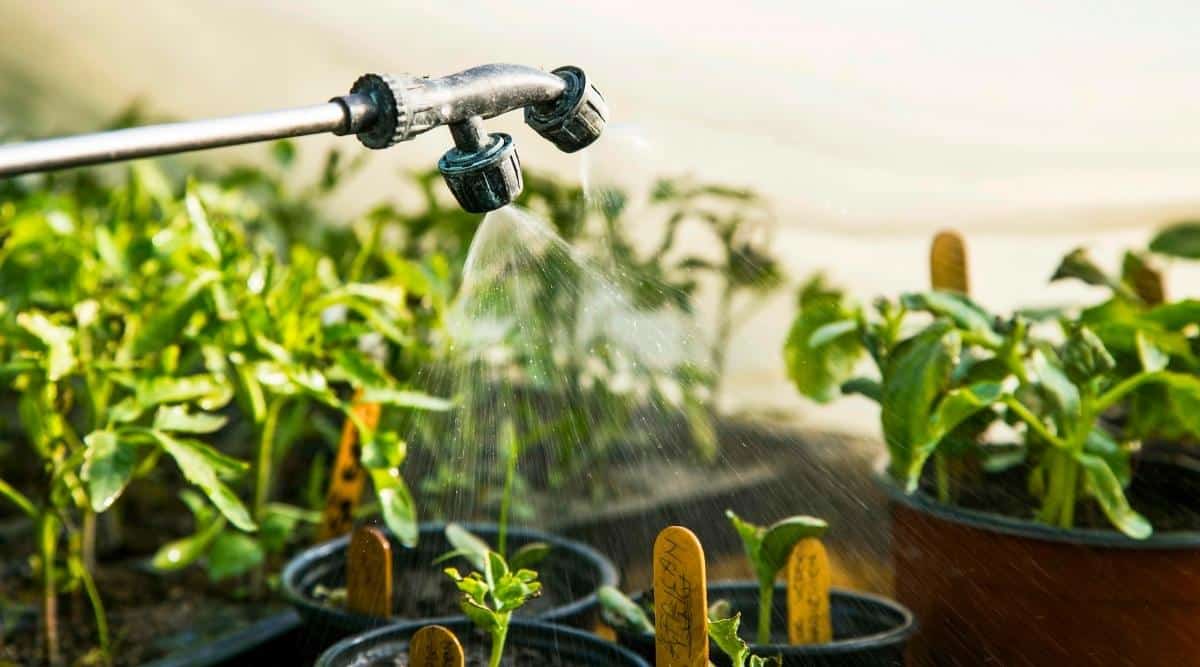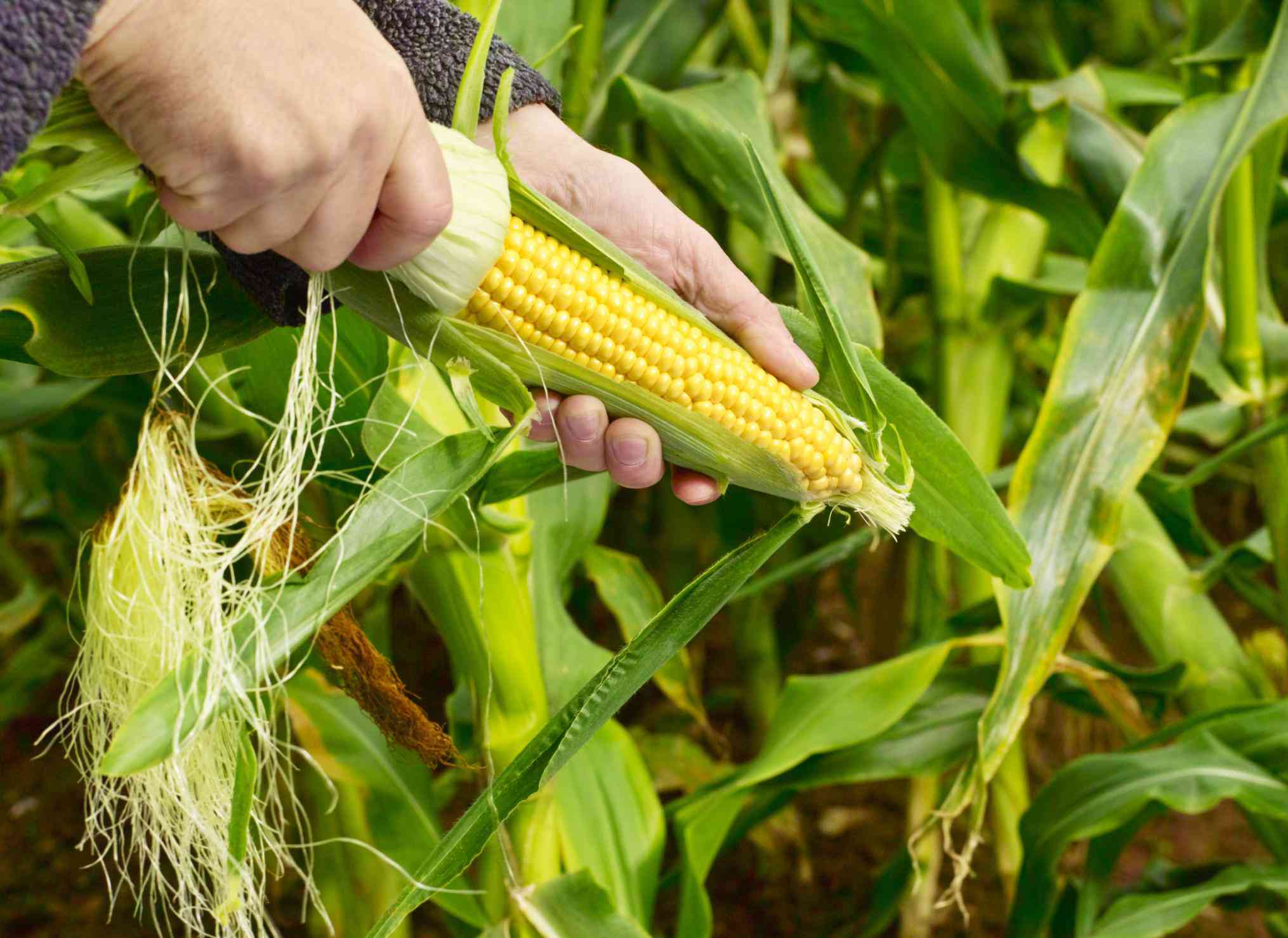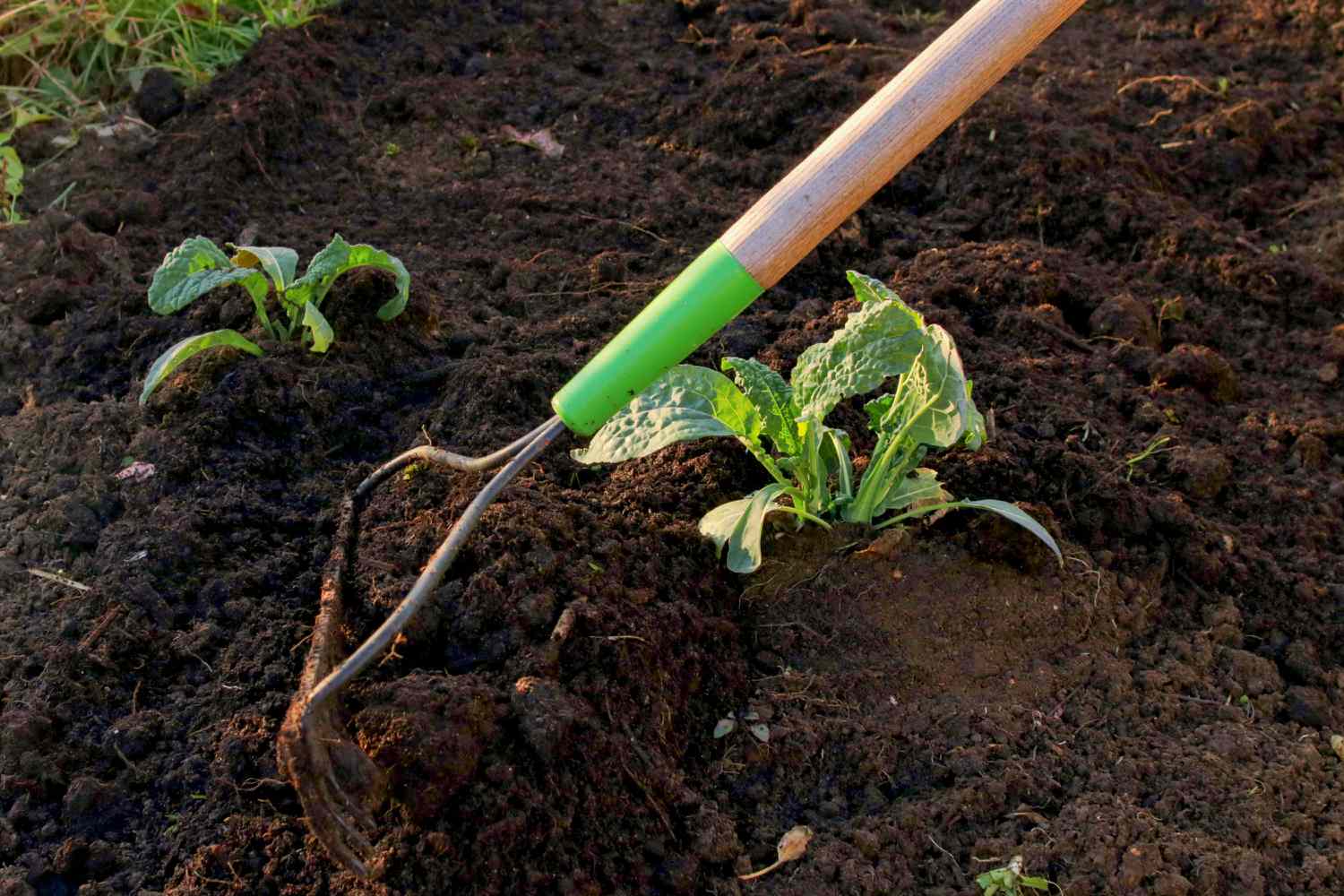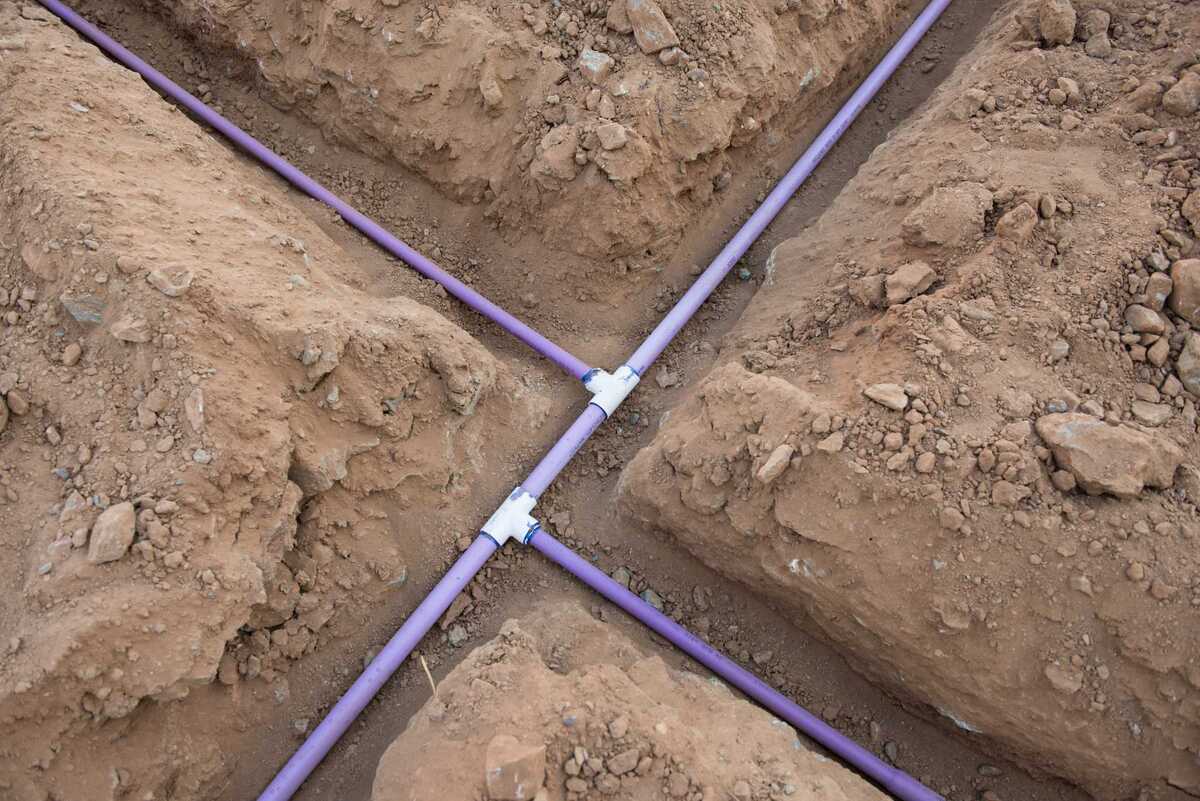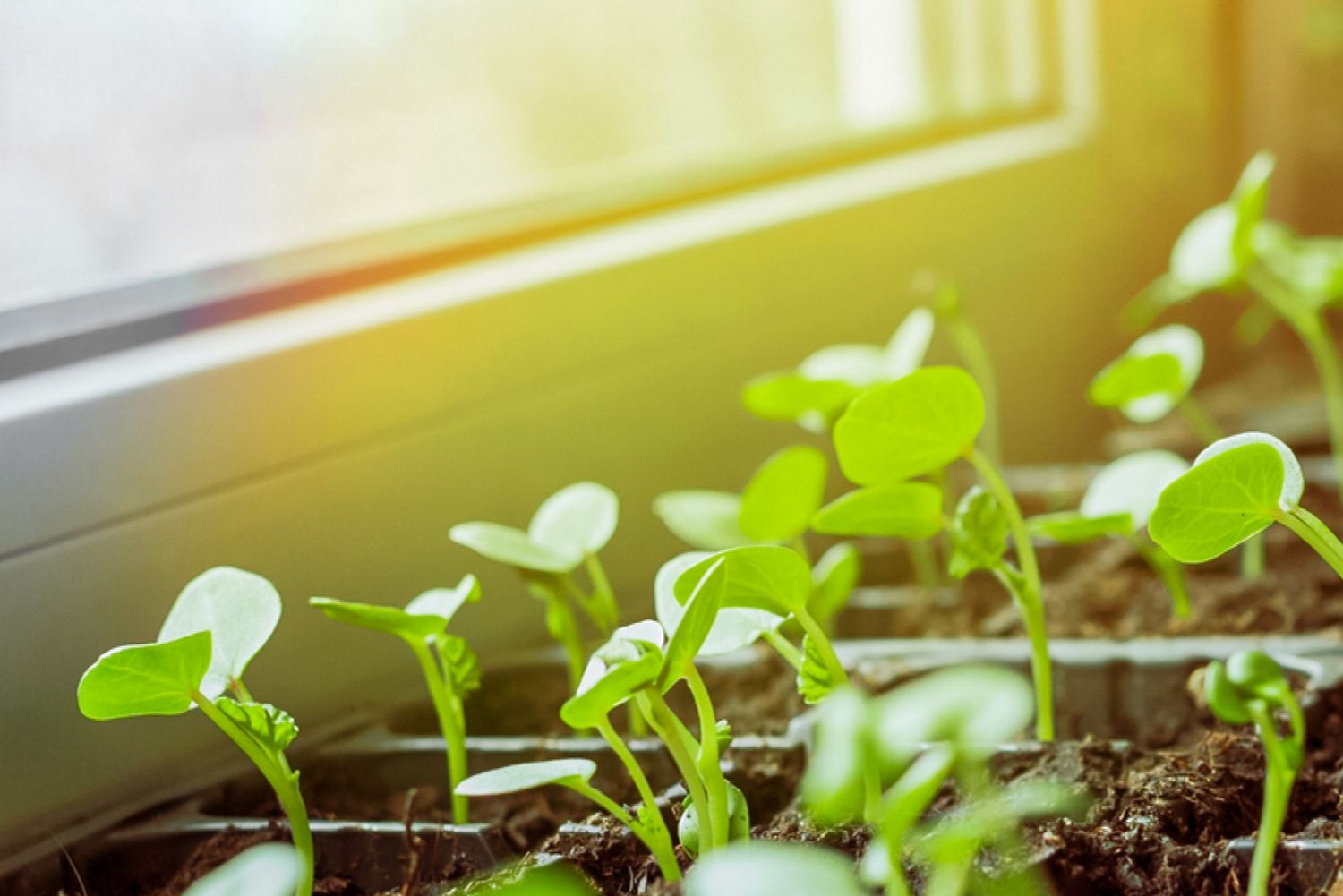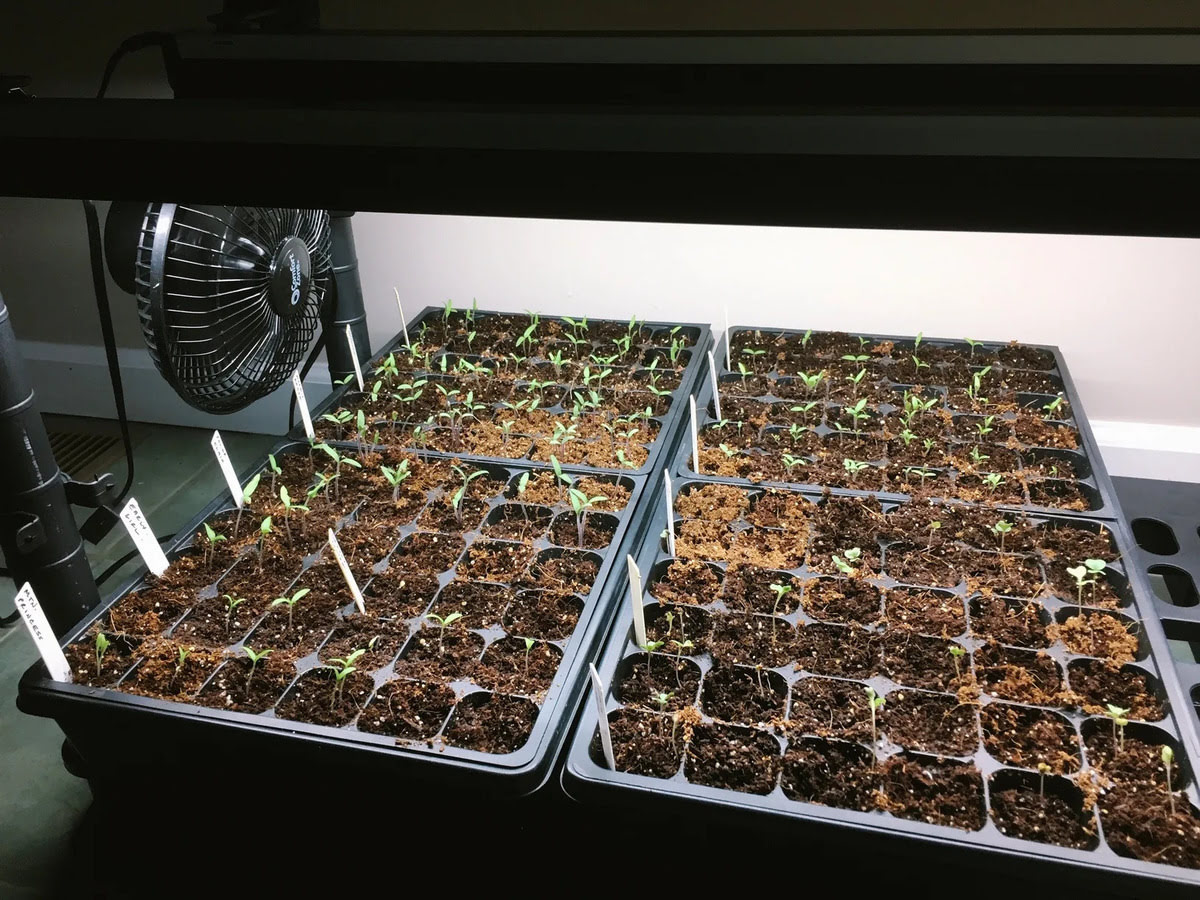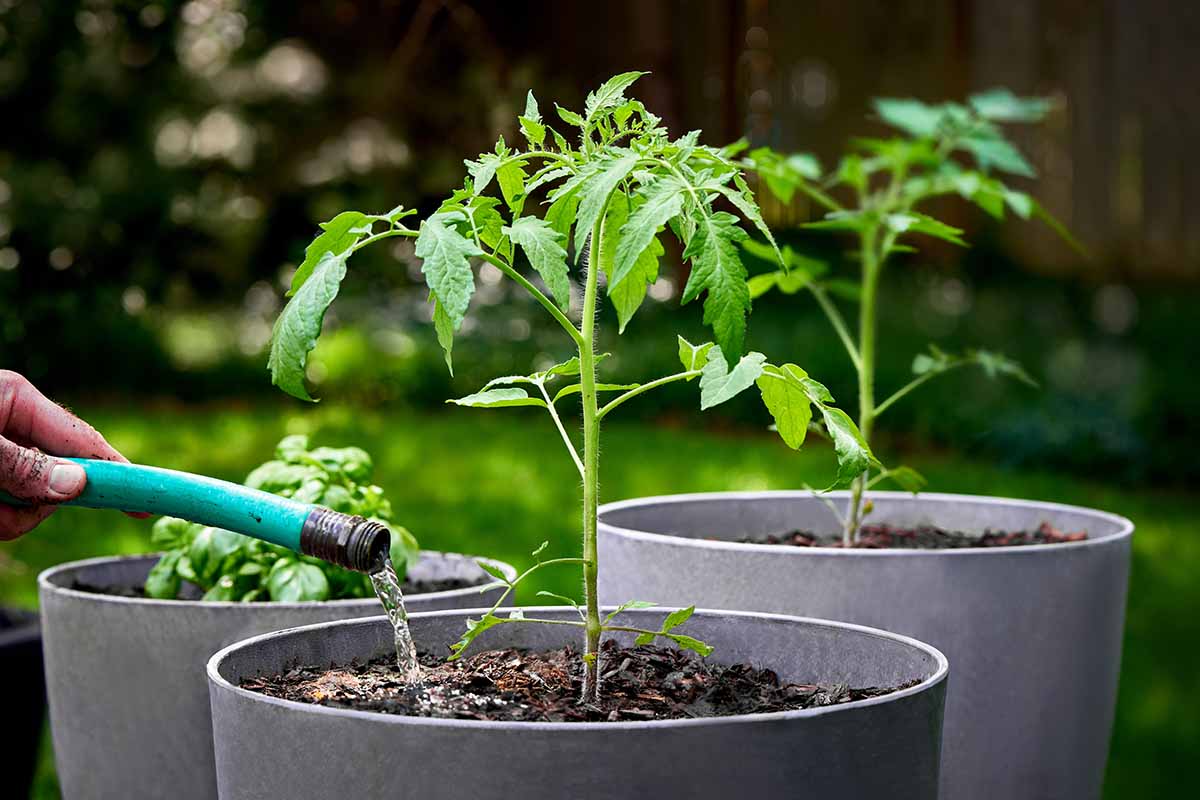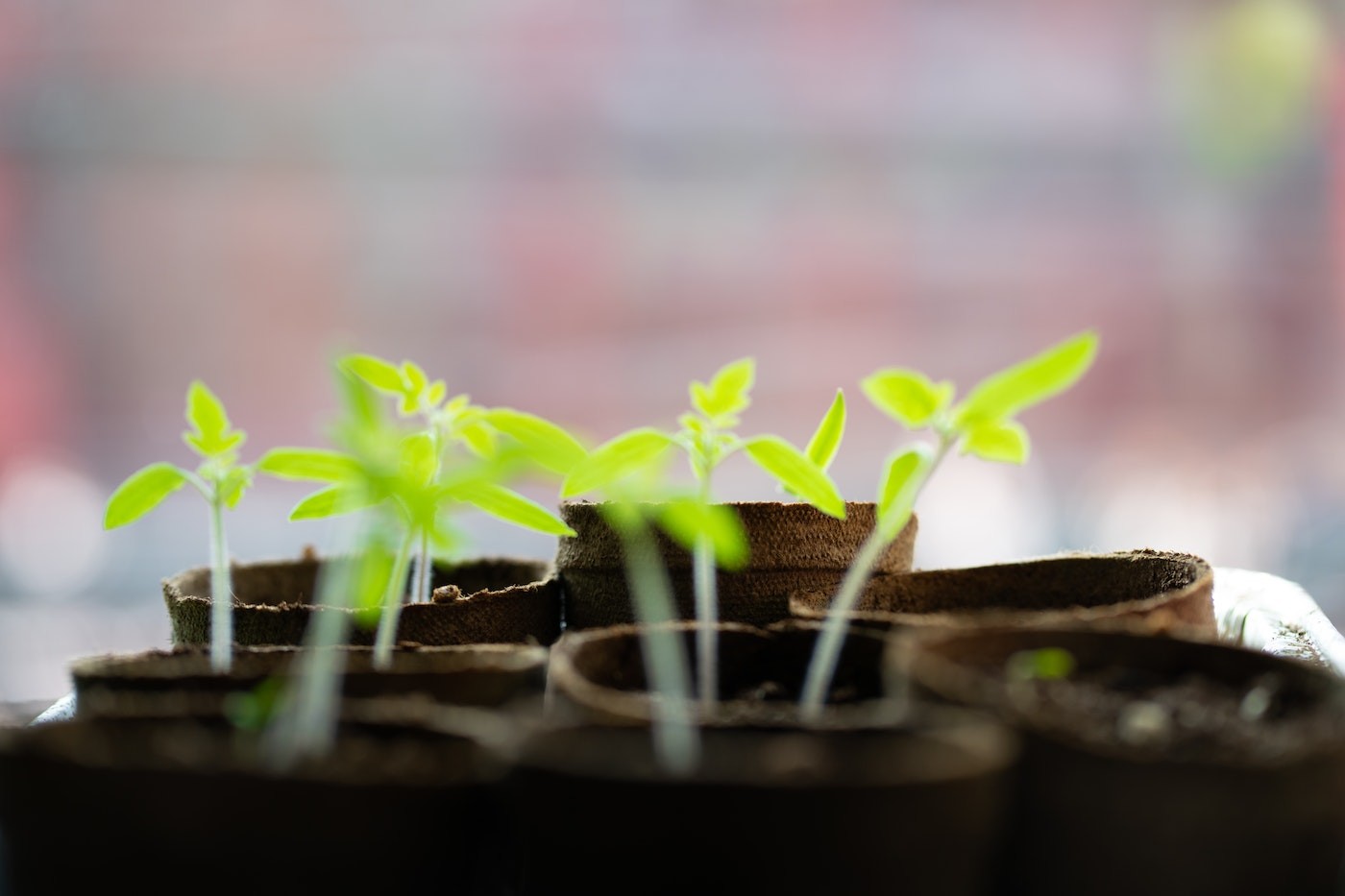Home>Types of Gardening>Edible Gardening>How Deep Should You Plant Cucumber Seedlings
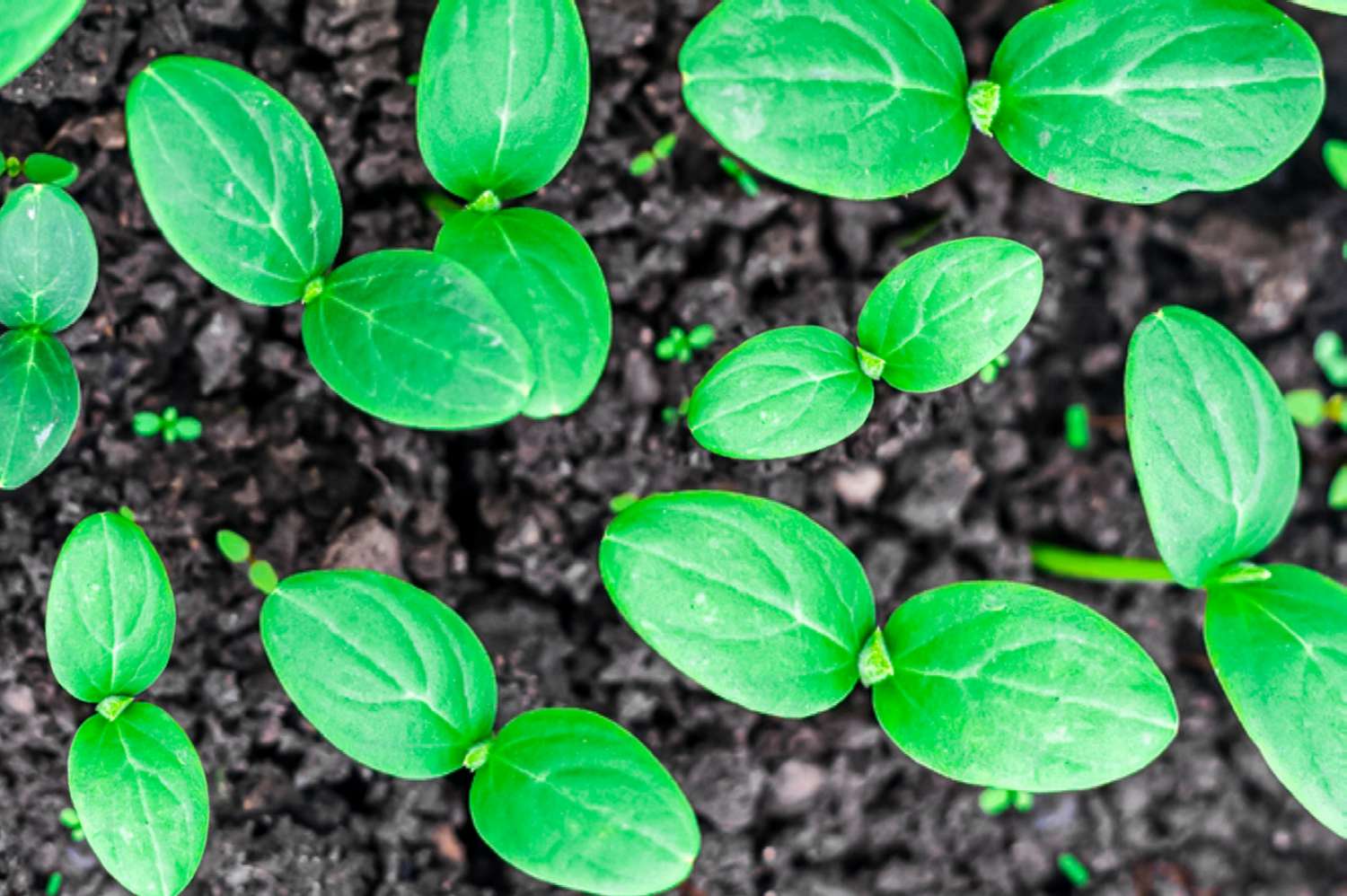

Edible Gardening
How Deep Should You Plant Cucumber Seedlings
Modified: February 6, 2024
Learn the ideal depth for planting cucumber seedlings in your edible garden. Discover expert tips for successful edible gardening.
(Many of the links in this article redirect to a specific reviewed product. Your purchase of these products through affiliate links helps to generate commission for Chicagolandgardening.com, at no extra cost. Learn more)
Table of Contents
Introduction
Welcome to the wonderful world of edible gardening, where the joy of nurturing plants and harvesting fresh produce knows no bounds. If you’re considering growing cucumbers, you’re in for a treat. Cucumbers are not only delicious and versatile in the kitchen, but they are also relatively easy to grow, making them an excellent choice for both novice and experienced gardeners.
One crucial aspect of successfully cultivating cucumbers is understanding the optimal planting depth for cucumber seedlings. The depth at which you plant your cucumber seedlings can significantly impact their growth and overall productivity. In this article, we’ll delve into the factors to consider when planting cucumber seedlings, explore the optimal planting depth, and provide valuable tips to ensure your cucumber seedlings thrive in their new environment.
By the end of this article, you’ll have a comprehensive understanding of the best practices for planting cucumber seedlings, empowering you to embark on your edible gardening journey with confidence and expertise.
Factors to Consider When Planting Cucumber Seedlings
Before delving into the specific depth at which to plant cucumber seedlings, it’s important to consider several key factors that can influence the success of your cucumber plants. Understanding these factors will help you make informed decisions and create an optimal environment for your cucumber seedlings to thrive.
- Soil Quality: The quality of the soil in which you plant your cucumber seedlings is paramount. Cucumbers thrive in well-draining, nutrient-rich soil. Prior to planting, assess the soil’s composition and amend it as necessary to provide an ideal growing medium for your cucumber seedlings.
- Watering: Cucumbers require consistent moisture, especially during the germination and early growth stages. Adequate watering is essential for healthy root development and overall plant vigor. Consider your watering schedule and the soil’s drainage capacity when preparing to plant cucumber seedlings.
- Sunlight: Cucumbers are sun-loving plants and thrive in full sunlight. When selecting a planting location, ensure that it receives ample sunlight throughout the day to support robust growth and bountiful fruit production.
- Spacing: Proper spacing between cucumber plants is crucial for optimal growth and airflow. Overcrowding can lead to increased susceptibility to diseases and hinder the development of healthy fruit. Consider the recommended spacing guidelines for the specific cucumber variety you are planting.
- Support Structures: Certain cucumber varieties, such as vining types, benefit from vertical support structures. Planning for trellises, stakes, or other support systems before planting your cucumber seedlings can promote efficient space utilization and aid in managing sprawling growth.
By taking these factors into account, you can lay the groundwork for successful cucumber cultivation and create an environment that fosters healthy, productive plants.
Optimal Planting Depth for Cucumber Seedlings
When it comes to planting cucumber seedlings, the depth at which they are placed in the soil plays a pivotal role in their development. Cucumber seedlings should be planted at a depth that provides them with the stability and support needed for healthy root establishment and subsequent growth. The optimal planting depth for cucumber seedlings typically ranges from 1 to 1.5 inches (2.5 to 3.8 cm).
Planting cucumber seedlings at the appropriate depth is essential for several reasons. Firstly, it helps anchor the seedlings securely in the soil, preventing them from toppling over or becoming dislodged during watering or inclement weather. Additionally, planting at the right depth ensures that the emerging roots have access to sufficient moisture and nutrients, promoting robust growth and overall plant health.
Shallow planting, at less than 1 inch (2.5 cm) depth, can leave the seedlings vulnerable to being dislodged, especially in loose or sandy soil. On the other hand, excessively deep planting, beyond 1.5 inches (3.8 cm), may hinder the seedlings’ ability to emerge and can lead to delayed growth or weakened plants.
It’s important to note that the specific planting depth may vary slightly based on the soil type and local growing conditions. In heavy or compacted soil, a slightly shallower planting depth can be beneficial to facilitate easier emergence, while in loose or sandy soil, a slightly deeper planting depth may provide added stability.
By adhering to the recommended planting depth and considering the unique characteristics of your gardening environment, you can set the stage for healthy root development and vigorous growth, setting your cucumber seedlings on the path to a thriving harvest.
Tips for Planting Cucumber Seedlings at the Right Depth
Ensuring that your cucumber seedlings are planted at the optimal depth is a critical step in their journey to becoming robust, productive plants. To achieve this, consider the following tips and best practices when planting your cucumber seedlings:
- Gently Handle Seedlings: When transplanting cucumber seedlings into the garden or containers, handle them with care to avoid damaging delicate stems and roots. This gentle approach helps maintain the seedlings’ integrity and sets the stage for successful establishment.
- Prepare the Planting Holes: Prior to planting, prepare the soil by creating planting holes at the appropriate depth to accommodate the seedlings. Ensure that the holes are wide enough to comfortably accommodate the root systems without cramping or bending the roots.
- Measure the Depth: Use a small ruler or gardening tool to measure the depth of the planting holes, ensuring that they align with the recommended depth for cucumber seedlings. Consistency in planting depth promotes uniform root development and plant stability.
- Loosen Soil at the Bottom: Before placing the seedlings in the planting holes, gently loosen the soil at the bottom to encourage downward root growth. This practice facilitates easier root penetration and encourages the establishment of a strong root system.
- Backfill and Tamp Soil: Once the seedlings are positioned at the appropriate depth in the planting holes, carefully backfill the soil around the roots and stem. Gently tamp the soil to remove air pockets and provide structural support for the seedlings.
- Water Thoroughly: After planting, thoroughly water the soil around the seedlings to settle the soil and provide essential moisture. Proper hydration is crucial for supporting the initial growth and adaptation of the seedlings to their new environment.
- Monitor for Emergence: Keep a close eye on the planted seedlings and monitor their emergence from the soil. If necessary, gently uncover any seedlings that may have been buried too deeply during planting to facilitate their upward growth.
By adhering to these tips and techniques, you can ensure that your cucumber seedlings are planted at the right depth, setting the stage for strong root development and vigorous growth as they embark on their journey to becoming flourishing cucumber plants.
Conclusion
Cultivating healthy and productive cucumber plants begins with understanding the crucial elements of planting depth and providing an optimal environment for seedling growth. By considering factors such as soil quality, watering, sunlight, spacing, and support structures, you can lay the groundwork for successful cucumber cultivation. When it comes to planting cucumber seedlings, the optimal depth of 1 to 1.5 inches (2.5 to 3.8 cm) provides the stability and support necessary for healthy root establishment and subsequent growth.
By following the tips for planting cucumber seedlings at the right depth, including gentle handling, precise hole preparation, and thorough watering, you can set your seedlings on a path to thriving in their new environment. Monitoring their emergence and growth is essential for ensuring that they are adapting well to their surroundings and are poised for robust development.
Armed with this knowledge, you are well-equipped to embark on your cucumber-growing journey with confidence. Whether you’re tending to a bountiful garden or nurturing a few containers on a sunny balcony, the principles of optimal planting depth and thoughtful care remain the same. Embrace the joy of watching your cucumber seedlings flourish, knowing that you’ve provided them with the best possible start for a rewarding harvest of crisp, flavorful cucumbers.
